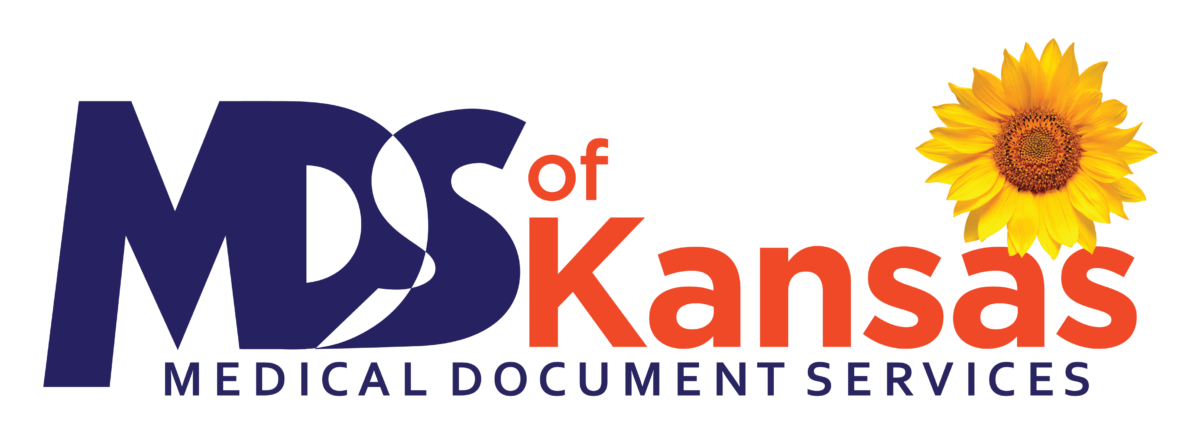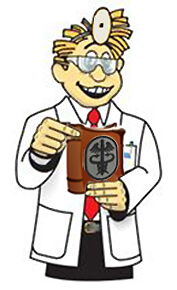Chemotherapy is a cancer treatment that uses chemicals to blast cells. It’s not a blast of radiation, but a chemical treatment that targets cancer cells.
Chemotherapeutic agents kill cells that quickly divide – such as cancer cells. How do infections and chemotherapy and swimming all relate?
- Chemotherapy
- Chemotherapy and Infection Risk
- Chemotherapy and Swimming
Chemotherapy
For over 50 years, chemotherapy or ‘chemical therapy’ has been a part of cancer treatment. Chemotherapy injections or pills can be used by itself or in addition to surgery or targeted radiation treatment. Surgery and radiation destroy the cancer cells in a given region, while chemotherapy works well throughout the body.
Cancer cells multiply at a quicker rate than normal cells; therefore chemotherapy is made to target multiplying cells. The more they divide, the stronger the effectiveness of the drug will be.
With chemotherapy comes the side effect of normal cells being destroyed as well. These cells can be found in the hair, mouth and intestines. Side effects of chemotherapy include exhaustion, mouth sores, nausea, hair loss and brittle nails.
Additionally, the immune system can become weakened which allows for more infections. Because of these risks and side effects that accompany chemotherapy, many patients can be devastated with the option of chemotherapy.
Cancer treatment in many cases requires the use and access of veins for different options for treatments – including chemotherapy, blood transfusions, antibiotics and intravenous fluids, or IV fluids. To make procedures and treatments such as these easier, doctors might recommend using a catheter or port, however these present another infection risk.
Cancer and Infection Risk
Infection occurs when germs are allowed to enter an moist opening on the body, multiplying and mutating. This is common with those who suffer from cancer, as the immune system is in a weakened state. Fortunately, there are many ways to prevent and treat possible infections.
Catheters are long plastic tubes that deliver treatments and drugs that can manage side effects and symptoms of cancer directly into a vein. Washing hands before you touch the catheter helps prevent infection. Germs from dirty hands can lead to germs getting into your system, which is worse when the immune system is weakened.
Other helpful tips include changing the bandages when necessary – as germs can build up on an old bandage. Prevent air from getting in the catheter by making sure the clamps are tight when the tube isn’t in use. Avoid breaks or cuts in the catheter, and keep the catheter from being underwater.
After a chemotherapy treatment is when one is most vulnerable to infectious disease. Viral infections like influenza or the common cold are easily transferred from person-to-person in crowded areas. Some ways to help prevent infection include washing hands often and avoid touching hands to mouth or eyes.
Mouth care is also important; keep the mouth clean by brushing teeth twice a day; use mouth rinses without alcohol, and do not use floss. Food safety is important as well – and it is even more vital during chemotherapy to remember tips you follow as usual such as washing hands before preparing and consuming food, cooking food well, keeping raw foods away from ready-to-eat food, wash vegetables and fruits, and keep cold food cold.
On a related note, those at highest risk for infection shouldn’t drink water that is not properly treated. Boiling water for a full minute kills cryptosporidium and other waterborne organisms.
Pay attention to white blood cell counts during cancer treatment. Your health care professional should let you know when you receive a treatment that will lower your white blood cell count, and you should ask when white blood counts are going to be at their low point, when your body will be less likely to fight off infection.
Chemotherapy and Swimming
The American Cancer Society’s message regarding exercise is clear – moderate exercise during treatment is beneficial. Chemotherapy’s side effects can reduce the motivation to exercise for some patients, though it is important to keep as active as possible. Why? Exercise can actually increase effectiveness of cancer treatment, boosting odds of survival. There are other advantages to exercise – a 1999 study showed that there was a significant decrease in fatigue among chemotherapy patients, and that there was an indication of less fear, anxiety and other psychological distress overall.
Swimming can cause accidental ingestion of water and can therefore increase the chances of obtaining cryptosporidium or other waterborne pathogens. It is important to make sure to avoid situations where you find yourself inhaling environmental spores found in and around moist, dark areas such as rotting leaves and compost piles. Public hot tubs and spas are not recommended because there are some bacteria that can survive in the warmer water. However, if the hot tub is disinfected properly, there is little to no risk.
Swimming pools and hot tubs are not the only risk – swimming in lakes, rivers and oceans can bring on recreational water illnesses. These can be spread from swallowing, inhaling and contacting contaminated waters with open eyes, or open cuts or sores. The most common recreational water illness is diarrhea. Other illnesses from contaminated water include gastrointestinal, skin and mild respiratory infections.
Pools and hot tubs that are disinfected properly can be a safer swimming experience, especially low-use residential pools – but pH and disinfectant levels should be checked on a frequent basis for disease-causing germ control, and the water should be over-filtered, with long daily filter runs.
In many cases, chemotherapy patients are fitted with a port-o-cath for injections. Cover a catheter or central line with a suitable water barrier like a Tegaderm and tape over the area fully before swimming, and change bandages after each swim.
The take-home from this is to be sure to bring up these points with your doctor. Ask about your specific case, and if swimming and/or hot tubs should definitely avoided altogether. All cancer cases and infection susceptibility vary so it is important to communicate at various stages with your doctor about when swimming during chemotherapy is beneficial or best avoided – for you.
References:
“Catheters and Ports in Cancer Treatment.” Cancer.Net. N.p., n.d. Web.
Patural, Amy. “Chemotherapy 101 – Cancer Treatment.” EverydayHealth.com. N.p., 16 Feb. 2010. Web.
“Infection.” – Managing Side Effects. N.p., n.d. Web.
Facey, Dorian. “Exercise During Chemotherapy.” LIVESTRONG.COM, 21 Oct. 2013. Web.
Millehan, Jan. “Swimming & Chemotherapy.” LIVESTRONG.COM, 19 Feb. 2014.Web.
Medical Document Services of Kansas, LLC (MDS) is a Wichita, Kansas healthcare document service specializing in Medical Billing and RCM, Medical Transcription, Pre-Certs with AzaleaHealth EHR. We provide efficient, accurate, affordable quality services for hospitals, clinics, and facilities of all sizes. Call ![]() 866-777-7264 today, or visit our website for more information. We have education programs in Medical Scribe Specialists. #medicaltranscription #azaleahealthEHR #revenuecyclemanagement
866-777-7264 today, or visit our website for more information. We have education programs in Medical Scribe Specialists. #medicaltranscription #azaleahealthEHR #revenuecyclemanagement


